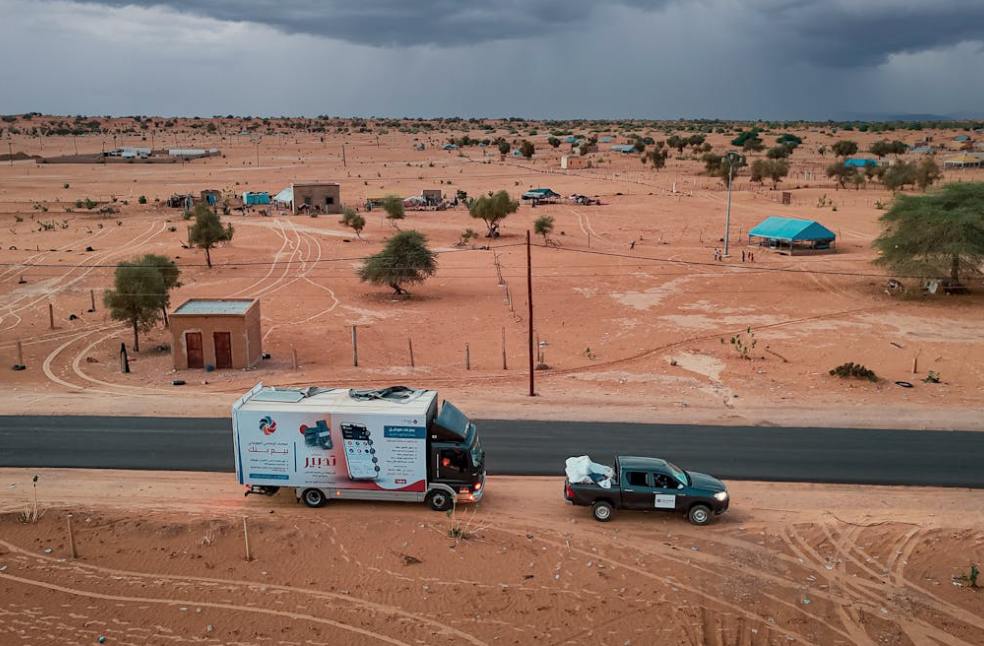Geneva: There is an 80 percent chance that global heat will break at least one annual heat record within the next five years, according to a new report from the World Meteorological Organisation (WMO).
The findings heighten anxieties over the growing risks of extreme droughts, floods and wildfires. For the first time, the WMO data also indicate a small but approximately 1 percent, that the planet could experience a single year with global temperatures 2°C above pre-industrial levels before 2030.
The WMO Global Annual to Decadal Climate Update (2025–2029) projects that global temperatures are expected to continue at or near record levels in the next five years.
Check out the full update: https://t.co/a6LnmPmHZX pic.twitter.com/KOIborTWOM
— World Meteorological Organization (@WMO) May 28, 2025
Scientists described the development as shocking, marking a significant shift in climate projections that, just a decade ago, ruled out such warming within this timeframe. The warning comes after the hottest 10 years ever recorded. In 2024, the planet surpassed the 1.5°C threshold on an annual basis for the first time, a milestone once considered highly unlikely before the end of the decade.
The WMO now estimates an 86 percent chance that this limit will be passed in at least one year between 2025 and 2029, up sharply from 40 percent in the agency’s 2020 outlook. The medium-term global climate update synthesizes real-time weather observations and long-term climate projections. It indicates a 70 percent likelihood that the five-year average warming for 2025–2029 will exceed 1.5°C, bringing the world dangerously close to breaching the most ambitious goal of the Paris Agreement. That target limiting global warming to 1.5°C, is based on a 20-year average, not a single year.
Compiled from 220 model simulations by 15 leading climate institutions, including the UK Met Office, the Barcelona Supercomputing Centre and the Canadian Centre for Climate Modelling and Analysis, the report underlines the unprecedented speed of planetary warming.

Adam Scaife of the UK Met Office stated that, “It is shocking that 2C is plausible. It has come out as only 1 percent in the next five years but the probability will increase as the climate warms.”
Leon Hermanson, who led the production of the report, said 2025 is likely to rank among the top three hottest years on record. Meanwhile, regional disparities in climate impacts are becoming clearer. Arctic winters are expected to warm at a rate 3.5 times higher than the global average, accelerating sea ice loss and reducing Earth’s natural reflectivity. The Amazon is projected to face more frequent droughts, while South Asia, the Sahel and northern Europe, including the UK, are likely to see increased rainfall.
Chris Hewitt, director of climate services at the WMO, described the outlook as a worrying picture with significant implications for human health and global ecosystems. Still, he stressed that action can change the trajectory.



